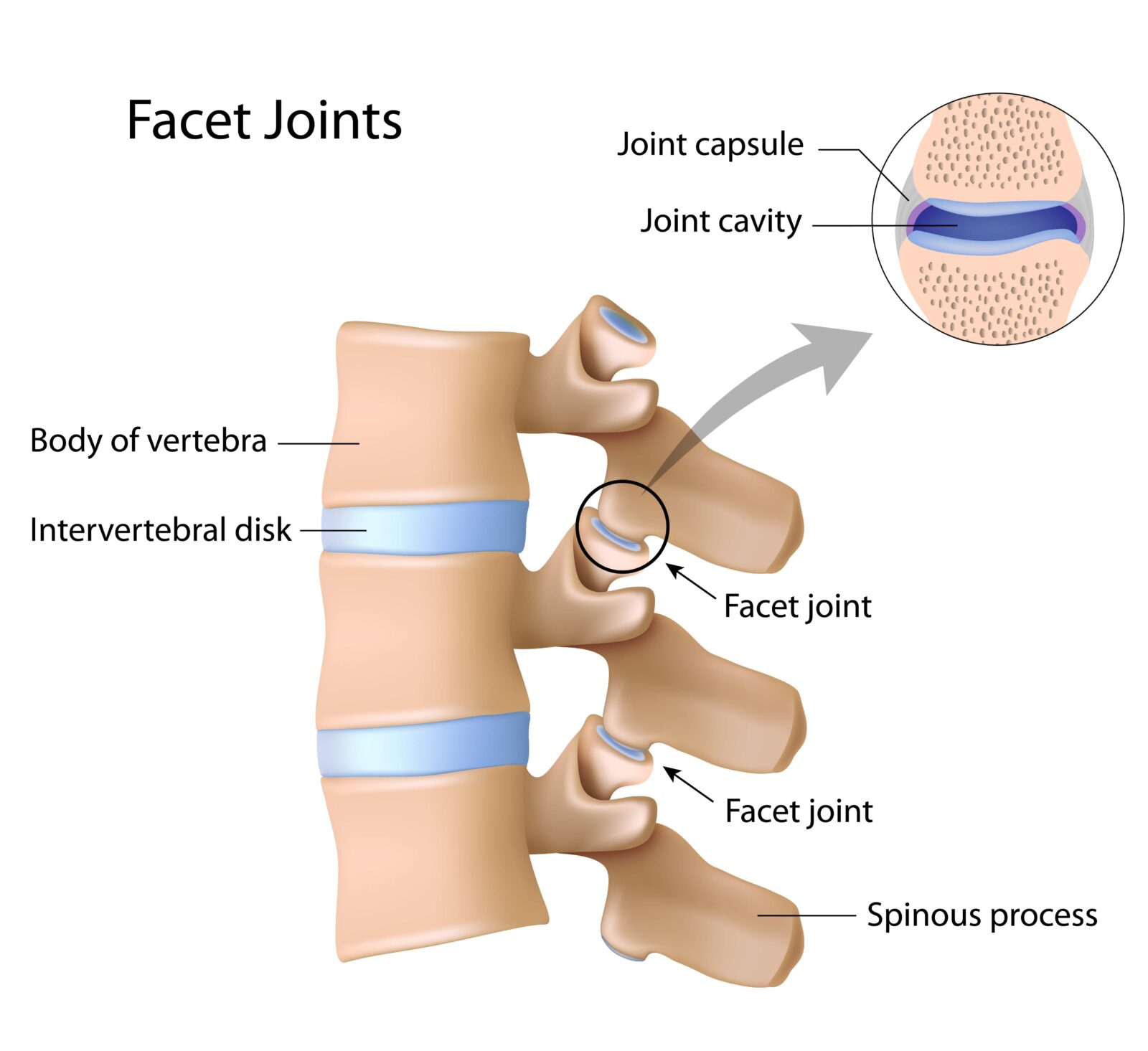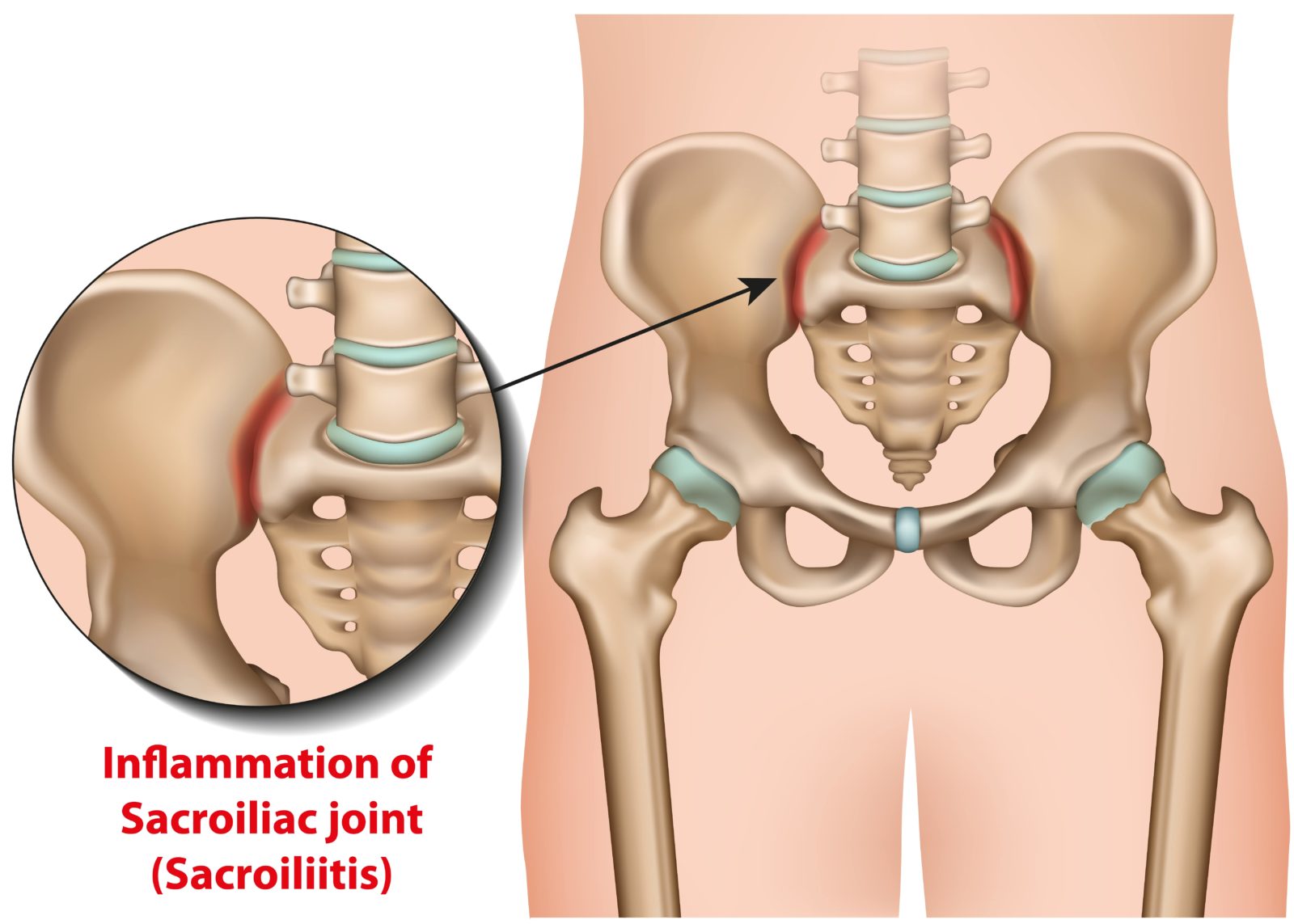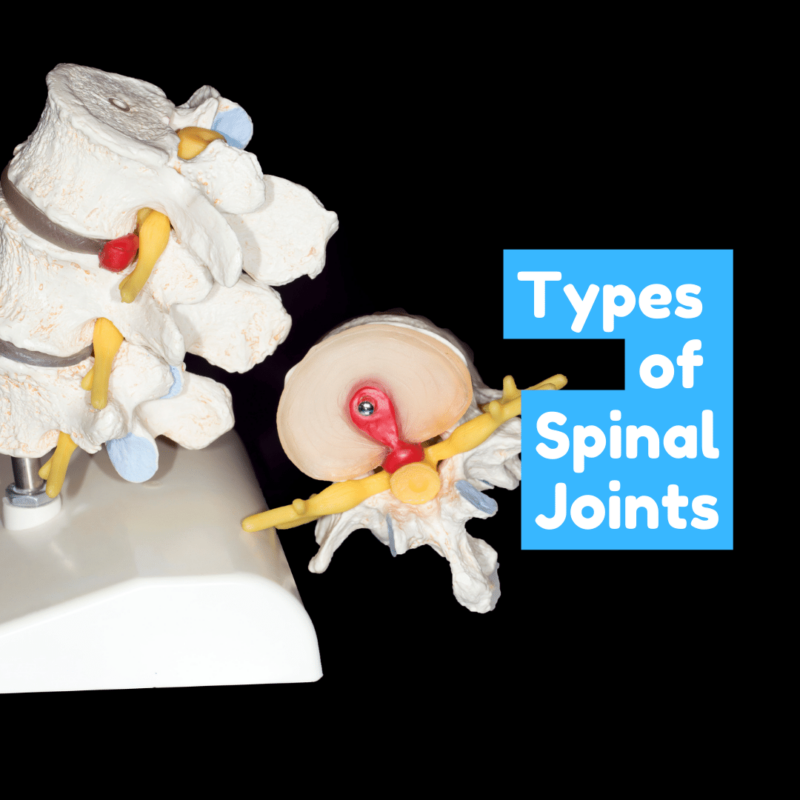Do you have back pain? If so, it’s possible that one or more of your spinal joints are to blame. In this blog post, we will discuss the different types of spinal joints and how they can contribute to back pain. We’ll start with a quick introduction aimed at those who are curious about spinal anatomy, then move on to a more detailed description of each type of joint. By the end of this post, you’ll have a better understanding of how your spine works and why certain movements can cause discomfort. There are different types of spinal joints that are discussed below. Each type plays a different role in supporting and stabilizing your spine. Let’s take a closer look at each one.
Vertebral Bodies

Vertebral bodies are the largest and strongest joints in your spine. They are made up of two parts: the vertebral body and the intervertebral disc. The disc is a thick, spongy cushion that sits between each vertebrae and helps absorb shock. The vertebral bodies are connected to each other by tough ligaments, which allow for a small amount of movement. Vertebral bodies are primarily responsible for load bearing and are susceptible to compression fractures, especially in people with osteoporosis.
Zygapophyseal Joints
Zygapophyseal joints, more commonly known as the facet joints, are paired joints located behind the vertebral body. The upward facing pair is known as superior articular facet, while the pair facing downward is the inferior articular facet. These joints have a small amount of movement and are held together by strong ligaments. The zygapophyseal joints can become inflamed, which is a common cause of back pain.
Atlanto-Occipital Joint
Atlanto-occipital joint is located at the base of your skull and connects the skull to your first vertebrae. This joint allows you to move your head up and down. The atlanto-occipital joint can become inflamed, which can lead to headaches and neck pain.
Atlanto-Axial Joint
The atlanto-axial joint is located between the first and second vertebrae. This joint allows you to move your head from side to side. In fact, 60% of your cervical rotation comes from this joint. The atlanto-axial joint can become inflamed, which can lead to pain and stiffness in the neck.
Costovertebral & Costotransverse Joints
Costovertebral joints are located between the ribs and the vertebrae. Costotransverse joints are located between the ribs and the transverse process of the vertebrae. These joints allow the ribs a small amount of movement, mostly limited to lifting the ribs during breathing and allowing the chest to expand. The costovertebral joints can become inflamed, which can lead to pain in the chest and upper back.

Sacroiliac Joints
Sacroiliac joints are located between the sacrum and the ilium bones, connecting the base of the spine with the hip bone. These joints allow for a small amount of movement between the spine and the pelvis, however they are primarily responsible for distributing force from the upper body into the legs to allow walking and postural changes. The sacroiliac joints can become inflamed, which can lead to pain in the lower back and buttocks.
In Conclusion
In this blog post, we discussed the different types of spinal joints and how they can contribute to back pain. We hope that this information has been helpful in understanding how your spine works and why certain movements can cause discomfort. If you are experiencing back pain, we recommend talking to a healthcare provider to determine the best course of treatment. Thanks for reading!










